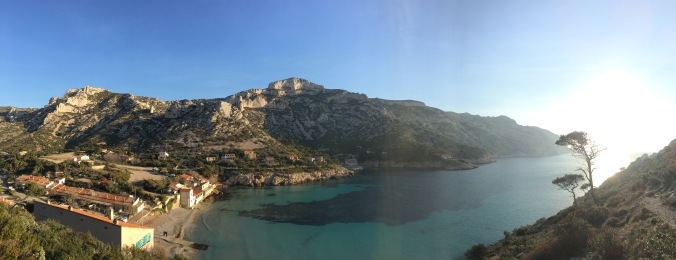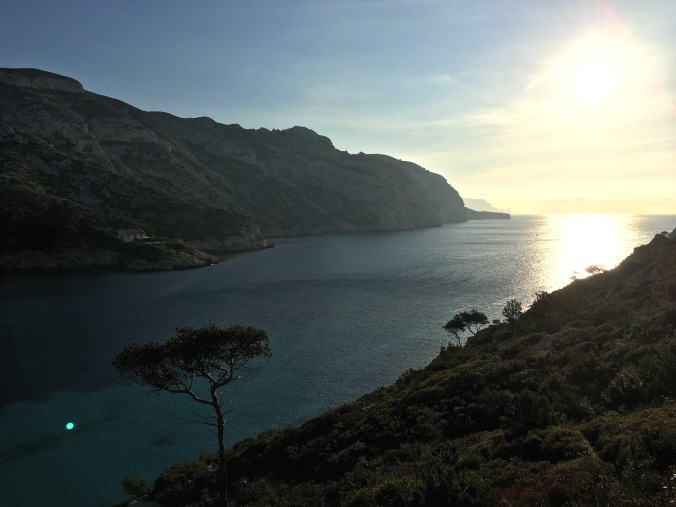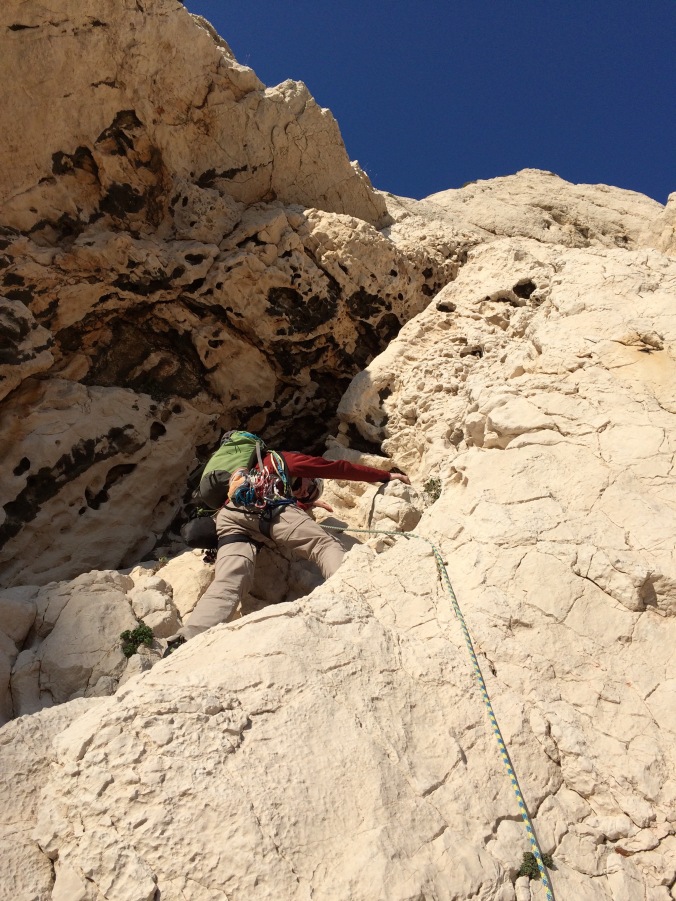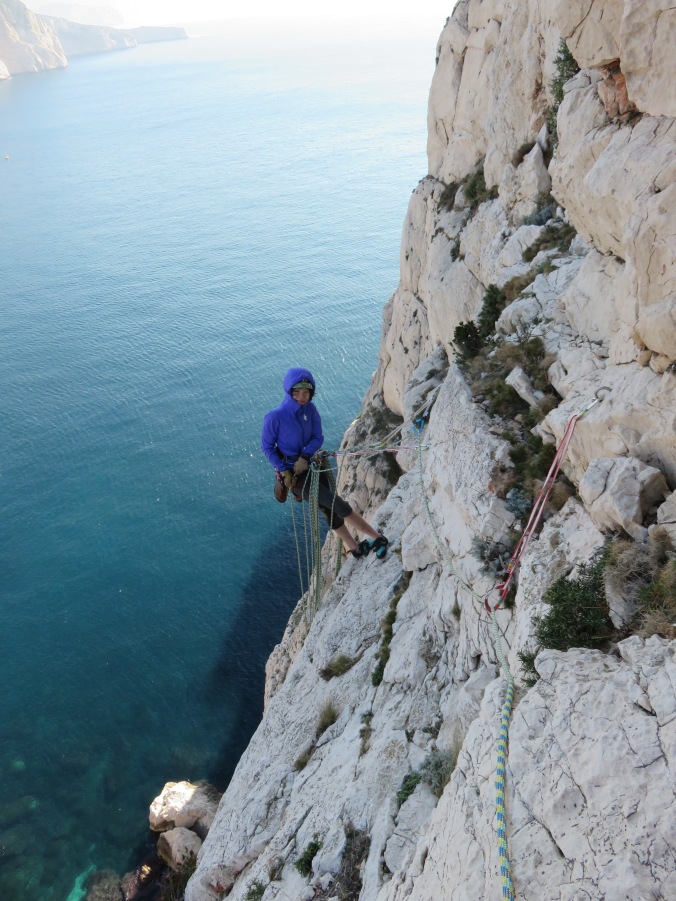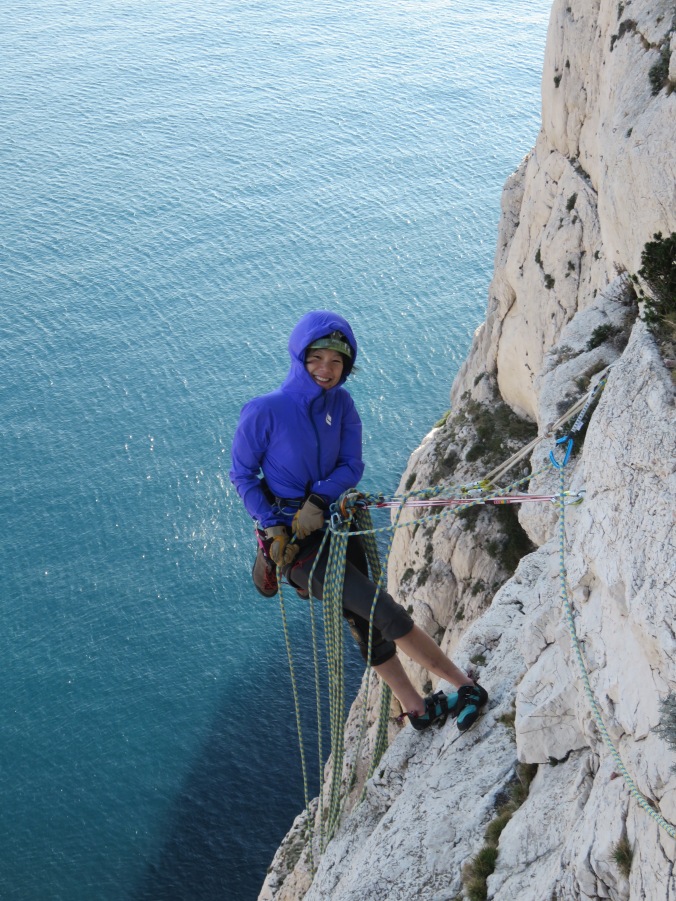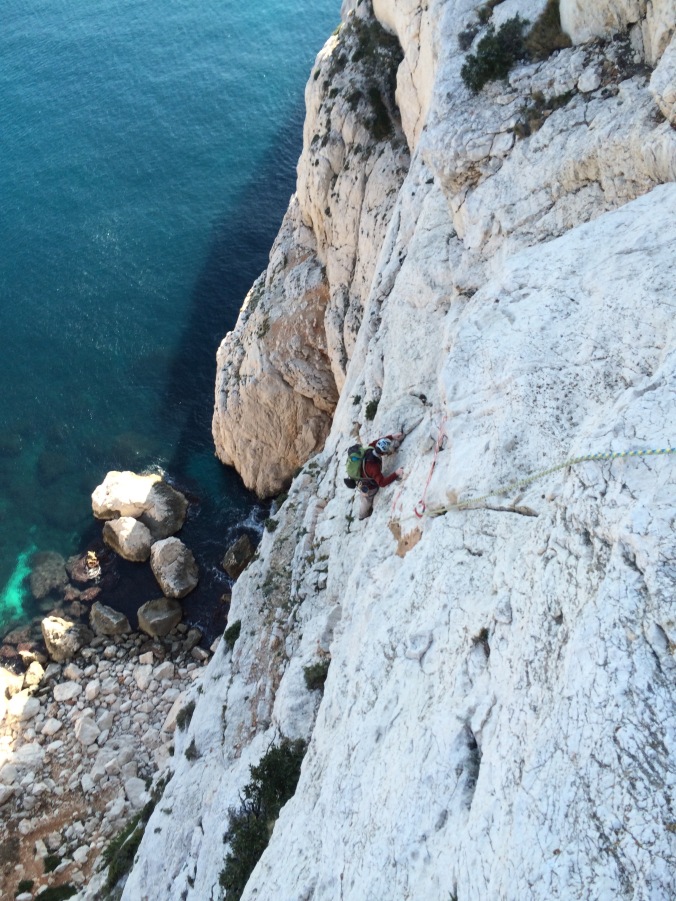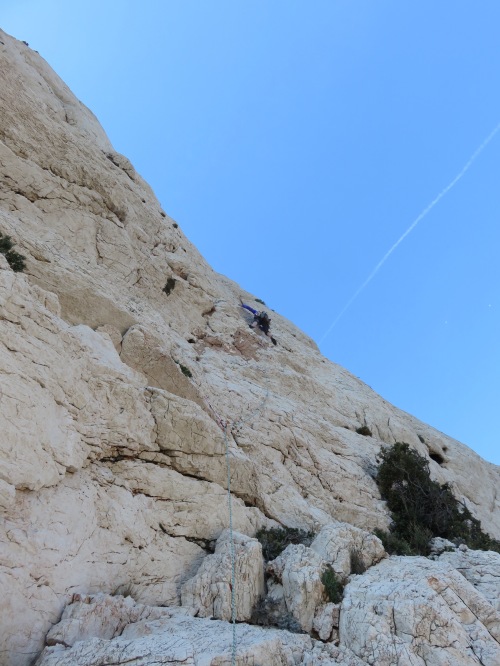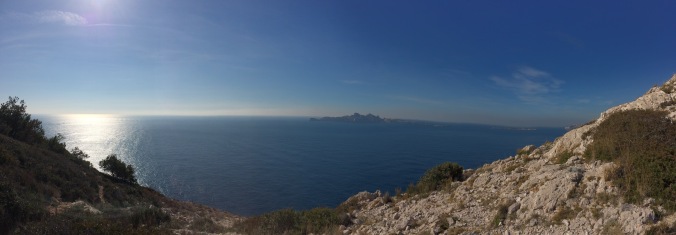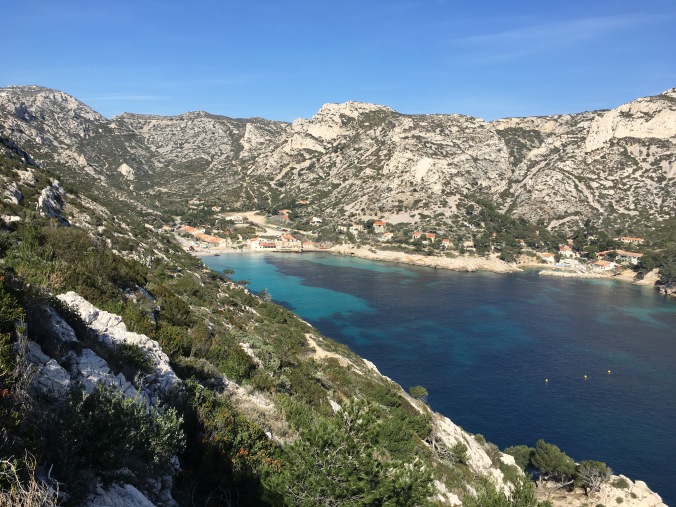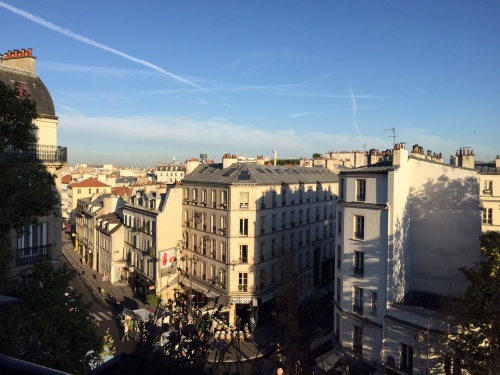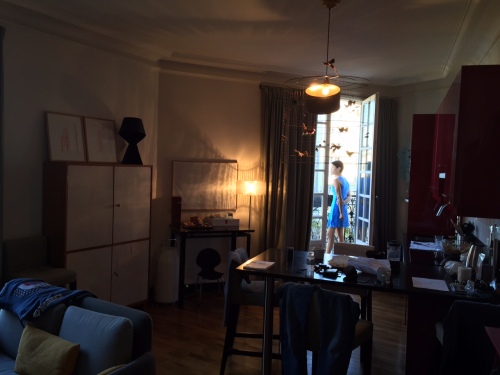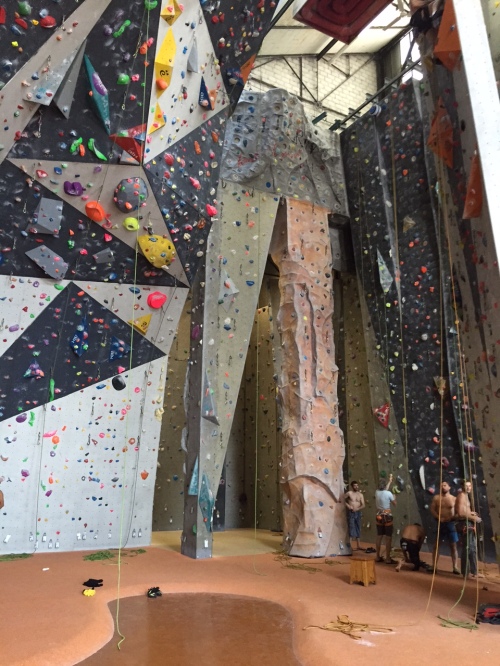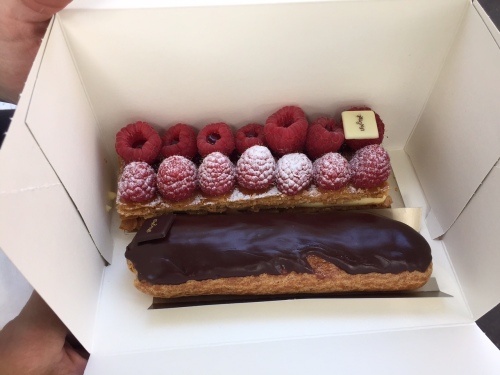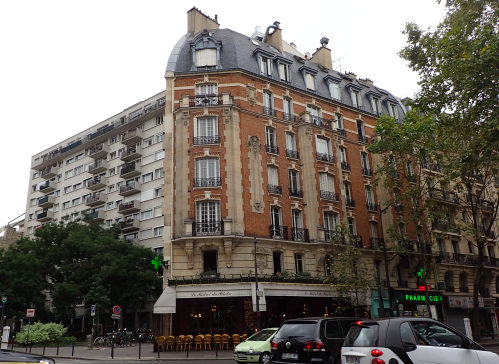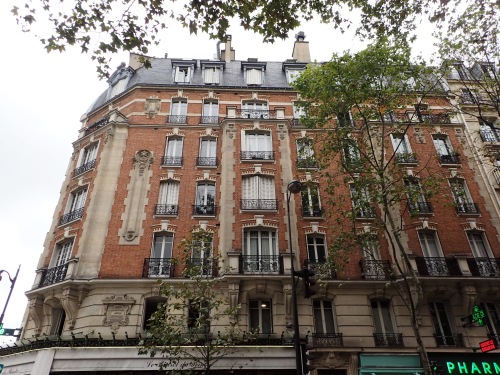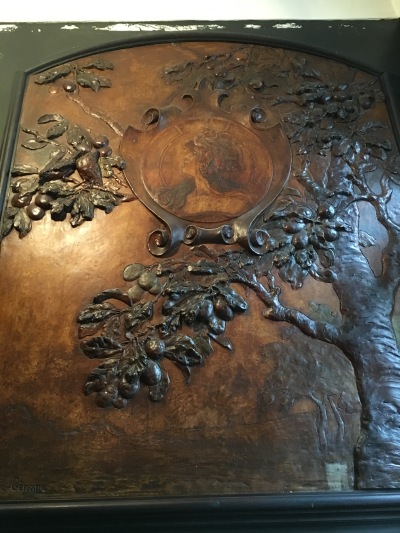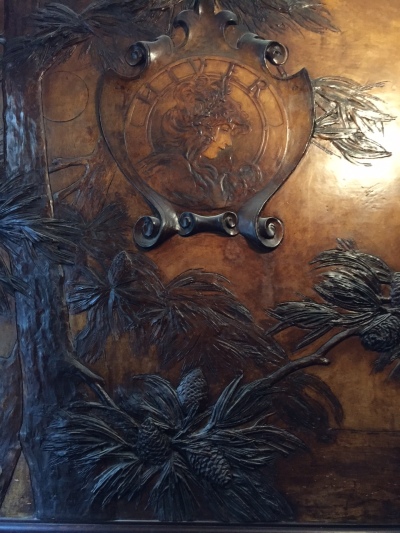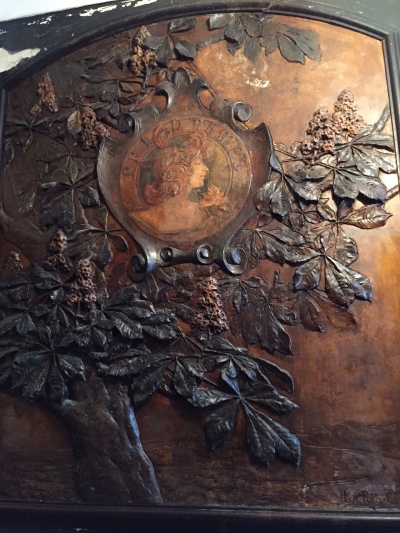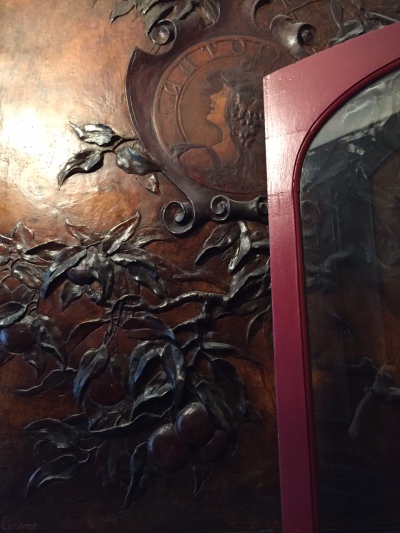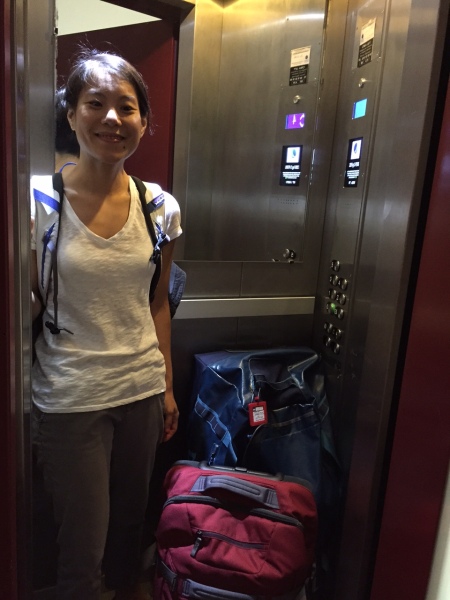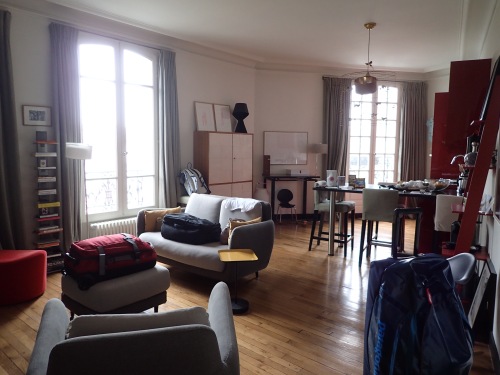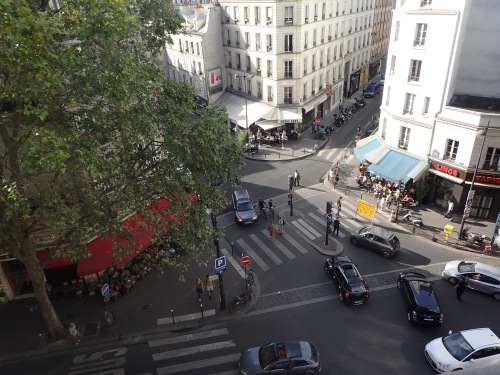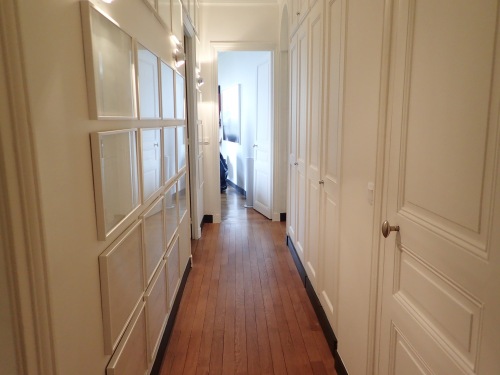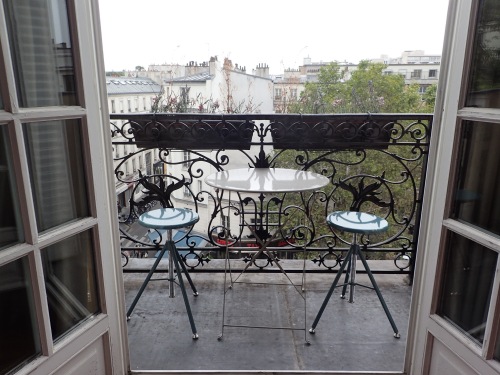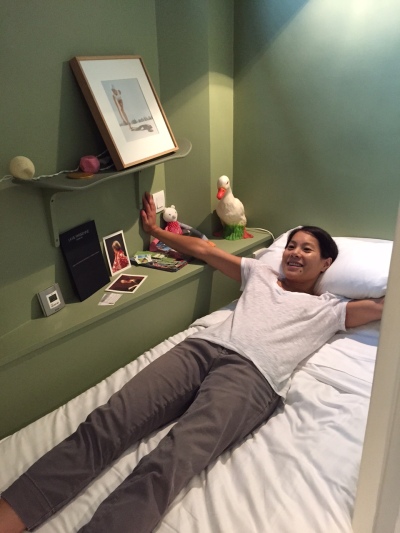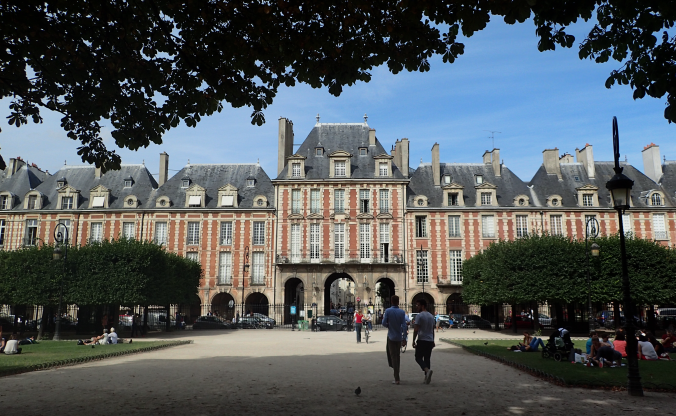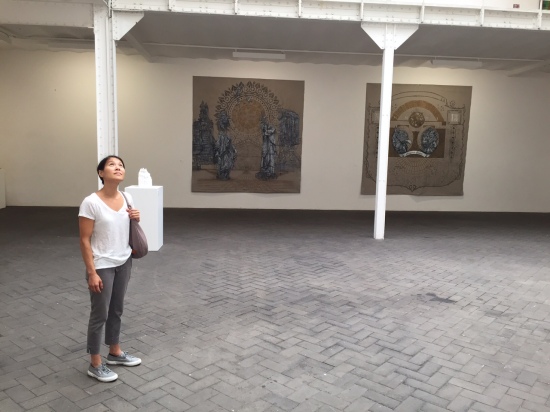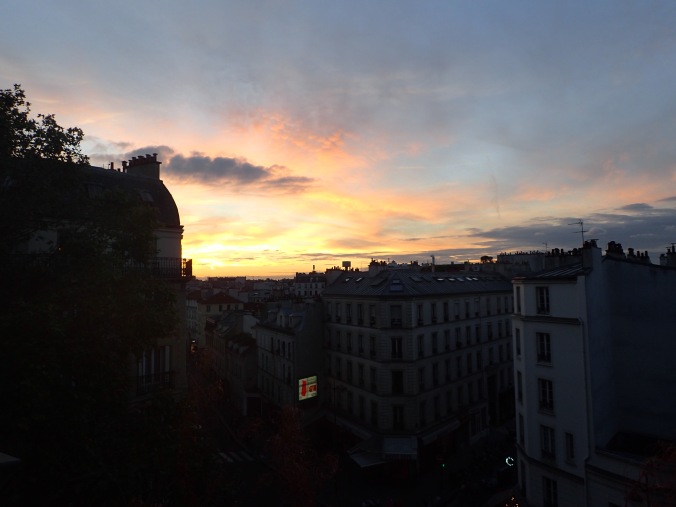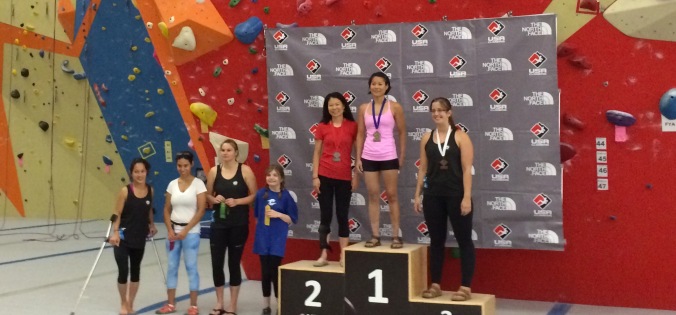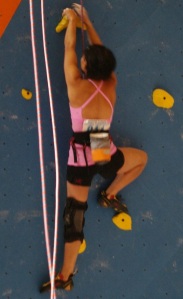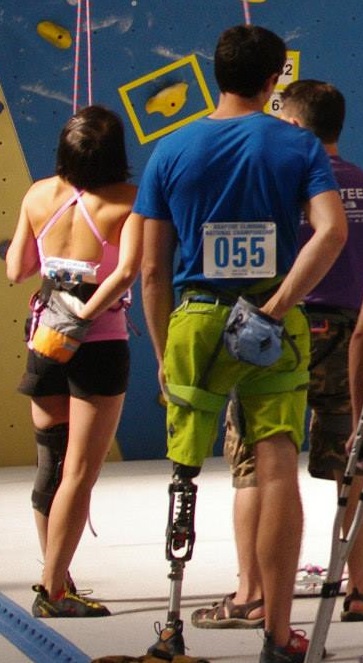I had been extremely worried and upset about possible permanent cognitive damage that may have resulted from the sepsis (getting very upset about a lot of things was probably one of the effects too). As recently as 1 to 2 weeks ago, I just felt so dumb. I knew I had come a long ways from being easily distracted and aphasic, but I was still having difficulty absorbing information and just generally not my usual sharp self. I was getting constant headaches from tensing my head muscles hard all the time, trying to comprehend concepts that are not usually difficult to me. I had difficulty writing up thoughtful and clear analyses for work; my memory was still impaired. There were a few times where I would be staring at my computer screens and start crying. It was hard to feel like I could not tell anyone at work about all this. I felt like tasks were taking longer than they should, and this affects the project budget. “Ummm, could I bill part of my time to Temp Project – Stupid from Sepsis?” Fortunately, my work space is quite private, so I could wipe away the tears without anyone noticing.
My handwriting had morphed from its usual small, fairly neat font to highly slanted, large, messy handwriting, which scared the shit out of me. If I concentrated really hard and wrote slowly, I could write close to my normal handwriting, but it was not natural. It made me think of the stories you hear of stroke victims speaking a foreign language post-stroke. My parallel parking skills had totally gone to shit and I was now either bumping the curb in parking spaces as big as a boat, or having to pole vault from the car to the side-walk because I had parked so far away (and totally not parallel) with the curb. I was petrified that dendrites had just been decimated, that I would not be able to get back to my “normal” self.
I decided I needed to make a concerted effort in neural regeneration. For example, by concentrating on writing how I used to until it became natural again, and taking as many opportunities as I could to parallel park. It seems like the effort, and just time perhaps, has paid off and I think I am back to my whip-smart self again :p I have to say though, the idea of losing even bits of ones cognitive abilities and personality was one of the most upsetting things I have felt in recent memory (ha, but since my memory isn’t as good, this must cover a very short time-period. Yes, I can still make un-amusing quips :))
I have certainly noticed progress physically, as has my partner. I think a certain activation energy needed to be overcome before I could put on muscle as easily as I usually do again. I am pushing/pulling considerably heavier weights than even just a fortnight ago. My shoulders are no longer bony; my biceps are approaching their usual Popeye size; my back muscles are bigger. I have basically added on a significant amount of muscle-mass. Obviously, a lot of hard work has gone and continues to go towards this. But it is slightly gratifying (and at the very least reassuring) to see the effort paying off. The question is, am I progressing quickly enough to put on a good show of things at the World Championships in September? August is going to be very condensed, training-wise, which is far from ideal. I will not be able to do proper periodization, and will have to smush a lot of things e.g. strength-power-endurance all together.
A very very small part of me does think it would have been nice for me to have defended my US National Paraclimbing Champion title for the third year running. However, I knew that I would not be well prepared for this competition, but did stand a good shot of being decently prepared for September’s competition. More importantly though, I knew that I would benefit much more from continuing with my training versus having to take time to travel to and take part in this past weekend’s competition. I am fortunate to have received USA Climbing’s blessing for me to be on the US Team in September despite not competing yesterday, based on my very strong track-record and this freak health thing that appeared out of nowhere.
I am going to continue doing the best I can to prepare for Paris, while also reminding myself to enjoy the experience no matter how well (by my standards) I climb. My partner noted this morning that I “clearly did not have the killer instinct,” in response to me saying something like how I was not interested in competing if my competition was not strong. It was hard not to feel a bit dismayed about this, as if this was a failing of mine. His point was, if I did have this highly competitive instinct, I would show no dismay whatsoever in taking advantage of a weak field, or a rival’s off-day etc. But I have to acknowledge that Scott’s assessment is indeed true. I do not possess this trait, and never have. It is why I know free-skiing is what nourishes me versus hurtling down ice, around gates, in spandex so that I could beat other people. It has always been about pushing myself as far as I can, and being disappointed when injuries/circumstances/whatever prevented that. Sure, one can think about pushing oneself locally (i.e. against a current situation) versus globally. But for some reason, I have a difficult time with the former. Thus it will, and does, take a very conscious effort to remind myself that I went from almost dying in June, to competing at a World Championship.
I think it is essential to have purpose (which is a major reasons why I have been struggling with life the last while). But I am only just learning that maybe muddling ahead, putting one foot in front of the other slowly and unassured, is not incompatible with intention and objective. This seems to describe the lives of the overwhelming majority of Earth’s population, who by just “continuing on” show tremendous courage.
